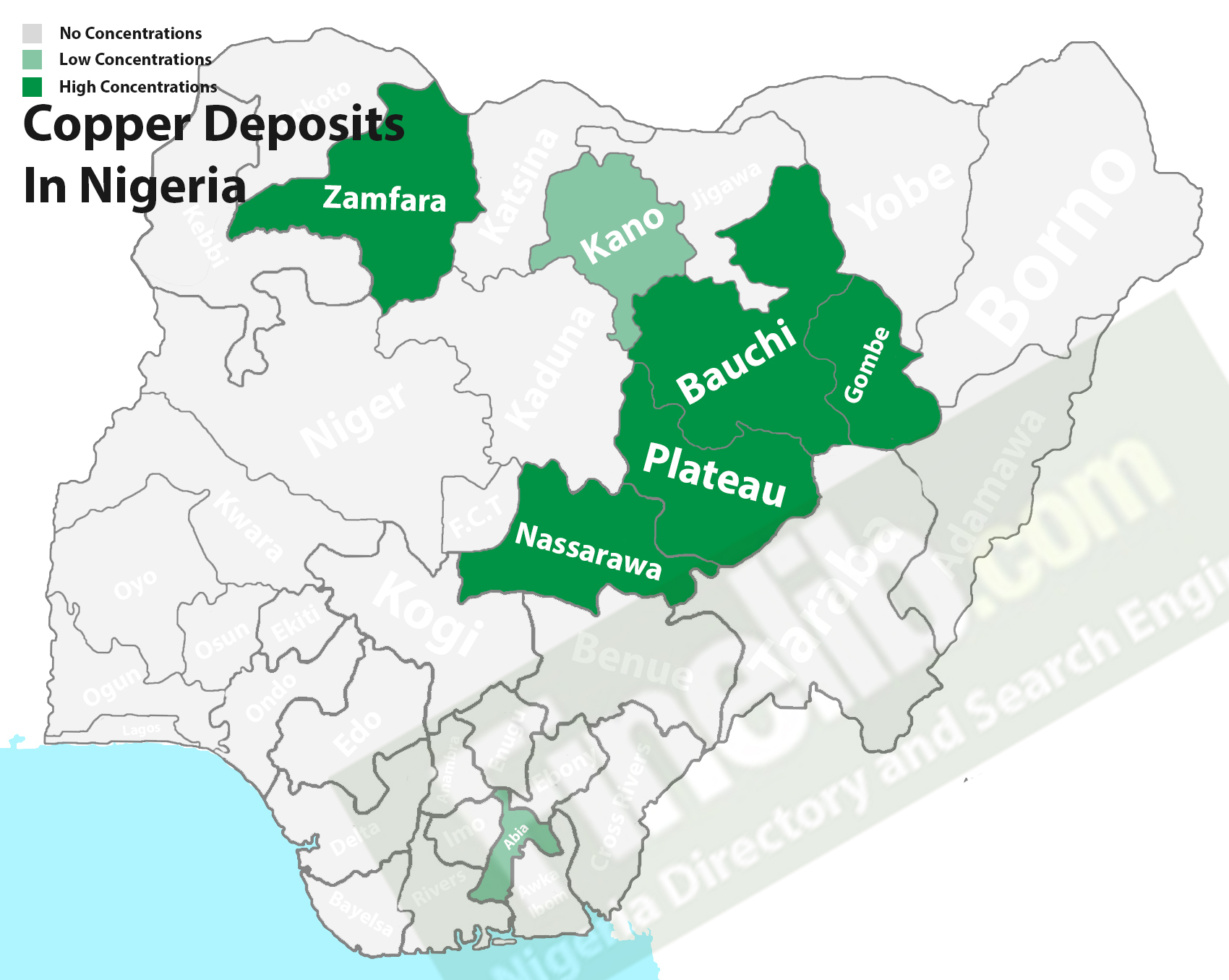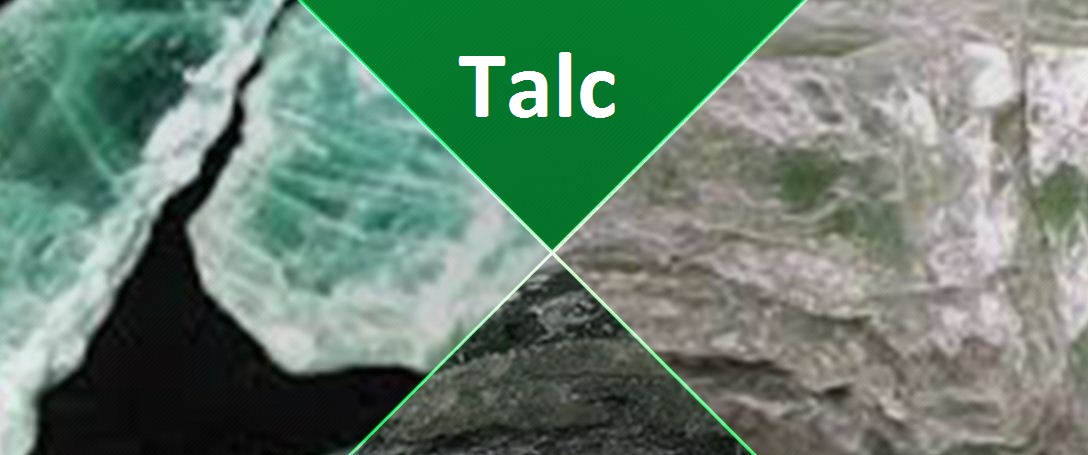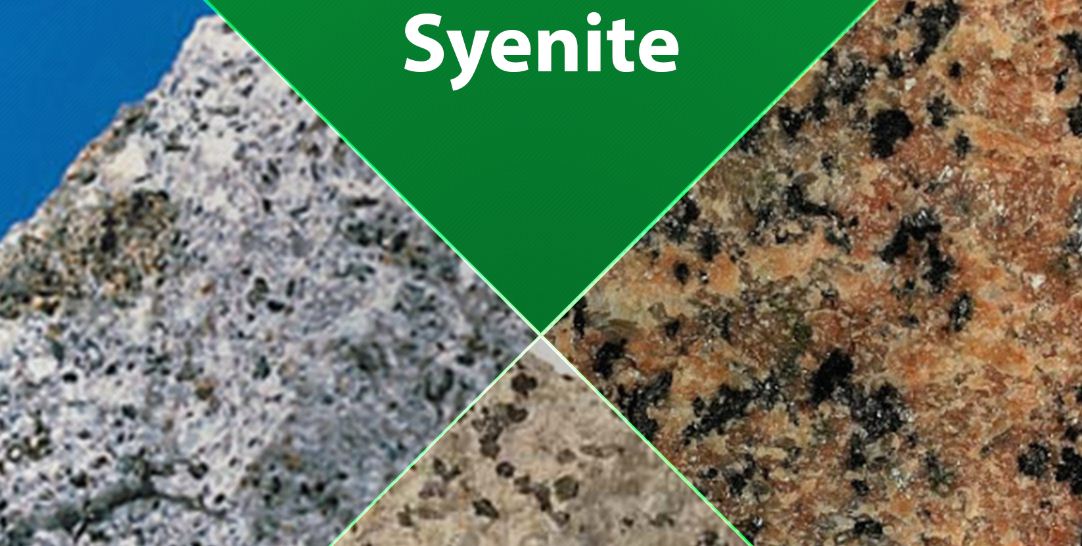Copper (Cu) Mineral Deposits Locations In Nigeria

Copper is a chemical element that commonly exists in a lot of minerals. Copper ore or copper concentrate mineral has been one of the naturally occurring minerals that are available in Earth's crust of Nigeria, the Western part of Africa.
Its occurrence and distribution are mainly in the Northern Part of the country such as Nasarawa, Plateau, Zamfara, Bauchi, Gombe State, Kano State, and also in the south in places like Abia.

Copper Mining in Nigeria
In West Africa, especially in Nigeria, presently the mining of copper is done by using small-scale operations. Some of these can be exported to other countries in a minimal amount when investors execute maximum usage or production.
In the general estimate, it has 10 million tons of copper ore deposits found in the above locations.
The number of times, copper has been exported from Nigeria has been from locals that engaged in the mining and shipping of these minerals, its exportation is very costly when one includes the loading cost transportation to warehouse cost, freight and agent fee, and miscellaneous.
Its occurrence varies in forms of appearance, such that occasionally it comes in native or pure structure.
Copper Ore Physical Properties
Its nature is a hackly fracture, meaning that it exhibits the habit of breaking along jagged, irregular surfaces with sharp edges, and is commonly associated with Silver or iron.
Copper is classified under luster metallic with isometric crystal system; specific gravity of 8.96m/sec, an atomic number of 29 in the periodic table, and hardness range of 2.5 – 3.
This chemical element has a well-known chemical symbol of Cu. It has a melting point and boiling point of 1,085 °C and 2,562 °C respectively. Its minerals and its ores are found in rocks which include metamorphic, igneous, and sedimentary rocks.
Copper is a malleable and ductile metal; it has the highest thermal and electrical conductivity after Silver; it is also soft and reddish with a bright metallic lustre.
It is one of the essential metals on Earth and has been recorded as man's oldest metal, with more than 10,000 years of discovery, apart from gold, copper is the only metal that has natural colour.
Types of copper deposits
There are two major readily distinguishable types of copper deposits.
They are the oxide ore and the sulfide ore which amongst them, sulfide ores constitute a significant source for copper extraction.
List of copper ores
Copper has some naturally occurring solid materials from which they can be extracted profitably.
In the copper mining process, the following are the list of rocks that contain commercial amounts of copper, known as copper ores:
Azurite, 2CuCO3•Cu(OH)2
Bornite 2Cu2S•CuS•FeS
Chalcopyrite, CuFeS2
Chalcocite, Cu2S
Covellite, CuS
Cuprite, Cu2O
Chrysocolla, (Cu,Al)2H2Si2O5(OH)4•n(H2O)
Digenite, Cu9S5
Dioptase, CuSiO2(OH)2
Enargite, Cu3AsS4
Malachite, CuCO3•Cu(OH)2
Tennantite, Cu12As4S13
Tetrahedrite, Cu3SbS3
A most important ore of copper
Although the prominent copper sulfide minerals are chalcocite, Cu2S, and covellite, CuS, Chalcopyrite, is the best ore of copper, and the most important.
Chalcopyrite is a copper iron sulfide mineral, and yellow crystalline mineral consisting of a sulphide of copper and iron with the chemical formula CuFeSâ‚‚,
It holds a significant amount of zinc, also accounts for up to 50 percent of copper production, making it the principal ore of copper
The worldwide estimate of copper
The estimation of copper on the Earth's crust is roughly evaluated at 5.8 trillion pounds.
Recently, in the year 2018, the global estimate for the value of copper production from mines was 21 million metrics.
Places where copper is found in the world
The quantity of copper on Earth is over five trillion pounds, which about half percent of it is found in four major localized regions namely: North America, South America, Indochina, and South Central Asia.
In Africa Zambia, copper mines are prevalent and ranked eighth largest copper mines in the world in terms of production and availability.
Then, the remaining percentage is spread across almost every continent across the whole universe.
Another region around the world where copper is mined is in the Southeast Asian Archipelagos, Eastern Australia, the Caribbean, Northeast Asia, Europe, Central America, North Central Asia, Africa, and the Middle East.
Notably, the major copper-producing countries are Chile, China and Peru, which amongst them, Chile generates almost one-third of copper in the modern world.
With this global estimate, Chile in South America is the leading copper-producing country, with the largest copper reserves so far.
Importers of copper
The countries that import copper the most are China, followed by Japan, India, South Korea, and Bulgaria. These countries import copper as a raw material for a component used in their heavy industrial needs.
Prices of copper commodity
The current price for 1kg of copper in the world market is 5.32 U.S. Dollars (Price may vary and will depend on daily market trends). While scrap copper price is lower and can be purchased at between $1.40 to $1.75 (These copper scraps are Tin Plated, Bare Bright Wire and Tubing kinds)
The ancient history of copper: Who discovered copper, and where?
The history of copper tools and decorative dates back to 9000 BCE, but according to the evidence suggested by archaeologists, the discovery of copper came in through the early Mesopotamians around 5000 – 6000 years ago.
They were the first people to extract copper, do several works with it, and harness it entirely from the initial stage.
Physical properties of copper
Copper has both physical and chemical properties. The physical properties of copper are those characteristics that are measurable and describe the state of the physical system of the chemical element.
There are five (5) major physical properties of copper, which include:
• Colour
Copper is a reddish-brown metallic element. This is the property that possessed copper-producing different sensations on the eye as a result of the way it emits light.
• Ductility
Ductility is the ability of copper to undergo significant plastic deformation before breaking. It can be stretched or pulled easily into a thin wire.
• Conductivity
Copper has a good measure of the ease at which electricity or heat can pass through.
• Malleability
This physical property of copper gives it the ability to be shaped into something else without breaking.
• Lustre
Lustre is the property that shows how well reflects light. Copper has a gentle sheen and soft glow.
Chemical properties of copper
Chemical properties of copper are effects that become evident during, or after, a chemical reaction.
They consist of all the qualities that can be established only by changing the chemical identity of the copper element.
The first and most familiar chemical property of copper is the atomic number, which is 29, followed by its atomic mass of 63.546 g.mol -1.
Other chemical properties of copper, according to ancient scientists, are the:
Isotopes = 6
Density = 8.9 g.cm-3 at 20°C
Vanderwaals radius = 0.128 nm
Boiling point = 2595 °C
Melting point = 1083 °C
Electro-negativity according to Pauling =1.9
Ionic radius = 0.096 nm (+1); 0.069 nm (+3)
Electronic shell = [Ar] 3d10 4s1
Energy of first ionisation = 743.5 kJ.mol -1
The energy of the second ionization = 1946 kJ.mol -1
Standard potential = + 0.522 V (Cu+/ Cu); + 0.345 V (Cu2+/ Cu)
Copper extraction
Extracting copper from its ores depends on the nature of the ore. One of those ways to do this is the electrolytic refining method, for copper to be extracted from its ore it has to be heated with carbon because it is less reactive than carbon.
For example:
Copper oxide + carbon → copper + carbon dioxide
The Copper which is impure is purified using the electrolysis process, where the positive electrode commonly referred to as the anode is impure copper, and the negative electrode known as the cathode is pure copper, copper sulphate solution is the electrolyte used in this process.
Uses of Copper and By-Products of Copper Metals
• It's used in jewellery as a Sterling silver which is a constituent of various metal alloys
• It is used in buildings such as roofing, rain spouts, and guttering.
• Copper is also used in plumbing works, in the making of cooking utensils and cookware.
• It is alloyed with tin to create bronze.
• It is alloyed with zinc to create brass.
• Copper is vital to the health of humans, animals, and plants and an essential part of the human diet.
• Being a good conductor of electricity and heat it is easily drawn out into wires (electrical wiring), boilers, and heat exchangers and doesn't react with water.
• It is used in plumbing because it does not react with water and can be easily bent into different shapes.
• It is used as cupronickel in the making of marine hardware and coins.
• It is used in gunmetals.
Summary
Copper, alongside gold and iron, remains the first and foremost metallic element worked by man. Apart from having several industrial uses, copper has several advantages for human health.




